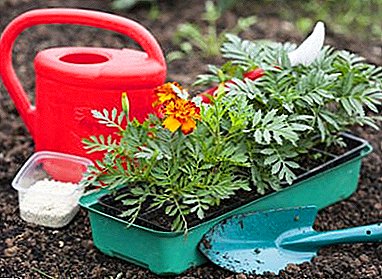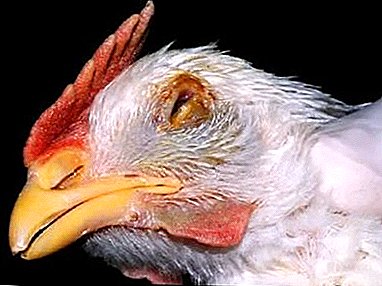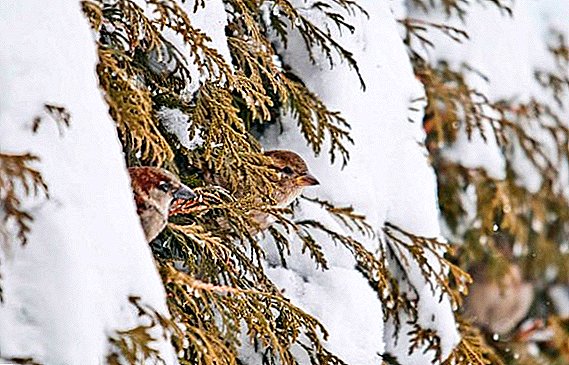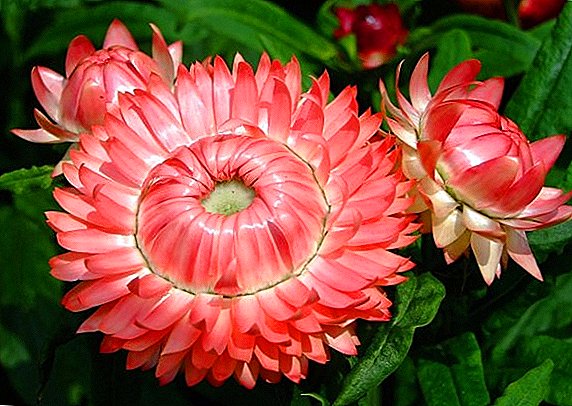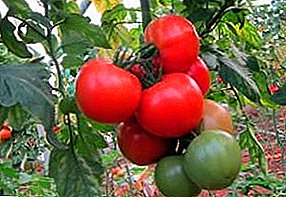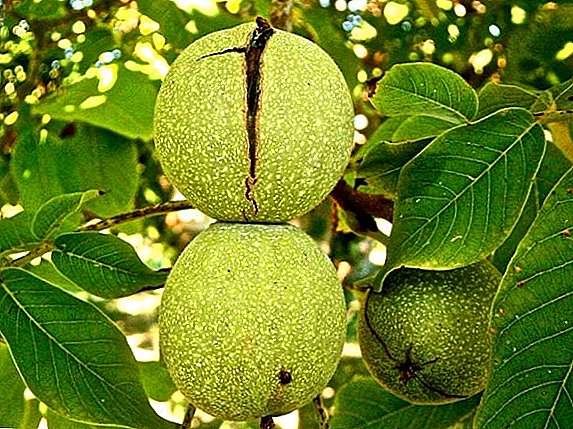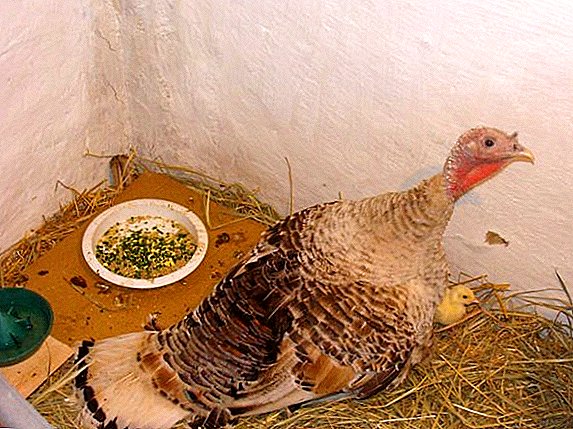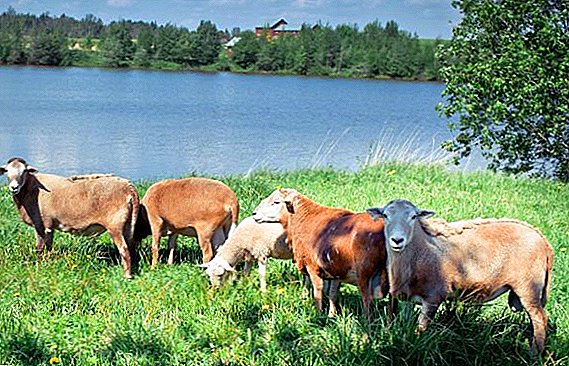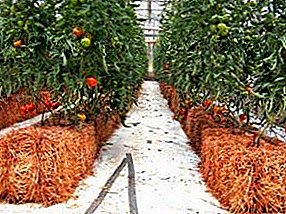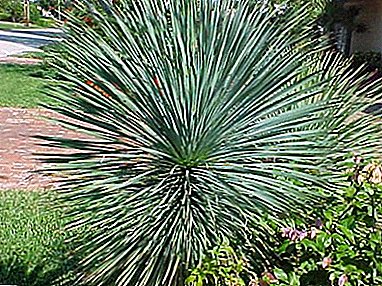
Yucca - a spectacular plant belonging to numerous agave family. It resembles a small palm or dragon flower.
The eye-catching exterior allows you to use yucca as soliflora or include it in compositions of flowering and decorative leafy plants.
In the cottages, apartments and offices often grown gray duck. It differs elegant appearance, unpretentiousness and longevity.
general description
Yucca Sizaya imported from Mexico. It has a spectacular appearance: a sturdy tree trunk surmounted by a lush hat of narrow drooping leaves. Dangling gray threads are noticeable at the edges.
Under comfortable conditions gray yucca reaches two meters in height. The plant is suitable for planting in open ground, in cities with warm climates, yucca sizuyu are actively used for landscape design. Spectacular mini-trees successfully decorate hotel halls, offices and apartments.
A photo
Yucca Sizaya: photos of this species.



Features of the house
Most often, the gray-haired yucca enters the house of an adult; it is purchased in a flower shop or in a greenhouse. A small plant is placed on the window, it is more convenient to install a large copy on a special stand or on the floor.
Some amateur flower growers advised to transplant the newly acquired plant by transshipmentpicking up a more roomy pot. This procedure stimulates the growth of yucca and increases its immunity.
Let's talk about yukka gray: planting and care, transplanting and reproduction, diseases and pests.
Lighting
Flower prefers bright daylight and does not object to direct sunlight. Yucca gray will easily adapt to the penumbra. However, when placed away from sunlight, it is desirable to organize additional lighting. The brighter the lighting, the brighter the yucca leaves will be.
Temperature conditions
The room where the gray yucca is kept should not be too fried, optimal mode - 19-23 ° C. In winter, the temperature can be lowered by 5-7 ° C. Yucca, who lives in the garden, tolerates small frosts, but frost can destroy it.
About air humidity
 A resident of the Mexican semi-desert does not suffer from the dry air of city apartments. She does not need additional moisturizers.
A resident of the Mexican semi-desert does not suffer from the dry air of city apartments. She does not need additional moisturizers.
With this flower likes spraying with soft water at room temperature, narrow dense leaves need to be cleaned once a week with a wet swab from dust.
Warm shower recommended monthly, at the same time the pot is wrapped with plastic wrap. If the plant stays in a warm room for the winter, it should be sprayed more often than in summer.
Watering mode
Recommended sufficiently abundant watering 2-3 times a week. The water should be soft, the tap water should be settled or boiled. We can not allow stagnation of water in the pan, it is better not to water the yucca once more than to overwet it. Excess moisture leads to the rapid rotting of the roots and the death of the plant.
Bloom
Gray-faced Yucca blooms in early summer. Peduncle long, it houses numerous greenish-white bells. If the plant does not receive a long winter rest, there will be no flowering.
To stimulate the appearance of peduncles, you can take the yucca for wintering in a cool room, and in the spring put the pot in bright sunlight and start actively feeding phosphorus-potassium fertilizers.
Fertilizers
For food fit complex liquid fertilizer for palm trees. Root and foliar dressings with non-concentrated solutions are possible, the dosage of dilution is indicated on the package.
Feeding is carried out only during active growth and flowering (no more than 1 time in 2 weeks). When the yucca is transferred to the mode of winter rest, it is not necessary to fertilize it.
Transplant: how often to conduct it?
 At a young age, the yucca sizu is transplanted annually, then the transplant can be replaced with an annual renewal of the topsoil.
At a young age, the yucca sizu is transplanted annually, then the transplant can be replaced with an annual renewal of the topsoil.
Ready-made soil mixtures for palm trees are used.
You can make a mixture of their own, taking leaf and sod land, peat and washed sand in equal proportions.
The soil should be light, not acidified. At the bottom of the tank must be placed drainage: coarse sand, pebbles or expanded clay.
Planting and growing
Yucca gray doe breeds division of the trunk, seeds or shoots. The first two methods are mainly practiced in greenhouse conditions; ordinary flower growers successfully root the yucca processes.
Strong side shoots are cut off from the mother bush with a sharp knife, the slices are powdered with crushed coal. Shoots are seated in pots with soil mixture, to facilitate the soil to it you can prevent a little peat moss or vermicult.
Plants need to be watered well and put not light.
Fruiting issues
When the home content of the fruit plant does not. At home, in the wild, Yucca Sizaya is pollinated only by a butterfly of a certain species. Under greenhouse conditions, artificial pollination is possible.
Diseases, pests and methods of treatment
Flower distinguished by good immunity and disease resistance. When the content of the room may be affected by thrips, aphids or shield. For the prevention of plants need to constantly spray with water and carefully inspect.
Having noticed brown shiny plaques or a sticky plaque on the inside of the leaves, wipe the affected areas thoroughly with a wet swab and then treat the plant with insecticide diluted in accordance with the instructions on the bottle. Processing is carried out 2-3 times to completely eliminate pests.
How to deal with drying leaves
 Dried bottom leaves - a consequence of the natural renewal of the plant. They are carefully removed with hands or scissors.
Dried bottom leaves - a consequence of the natural renewal of the plant. They are carefully removed with hands or scissors.
Brown, dry and brittle leaves may signal a lack of moisture, light spots on yucca indicate a sunburn or an excess of fertilizer.
Yellow, sluggish, drooping leaves often indicate a wrong balance of lighting and temperature. It is necessary to put the plant into the light or bring it to fresh air.
Sometimes yellowing leaves indicate the appearance root rot. There are many reasons for its appearance: excessive watering, stagnation of water in the pan, heavy, acidic soil. You can try to transplant the plant by removing the affected roots. But it is better to separate the healthy lateral process and root it, discarding the affected maternal plant.
Yucca Sizaya - very convenient plant for beginners florist.
Having mastered the rules of its cultivation and trying to multiply the plant, you can begin to work with more complex and naughty flowers. A well-groomed yucca will be many years decorate the interior, purify the air and create an atmosphere of comfort.


